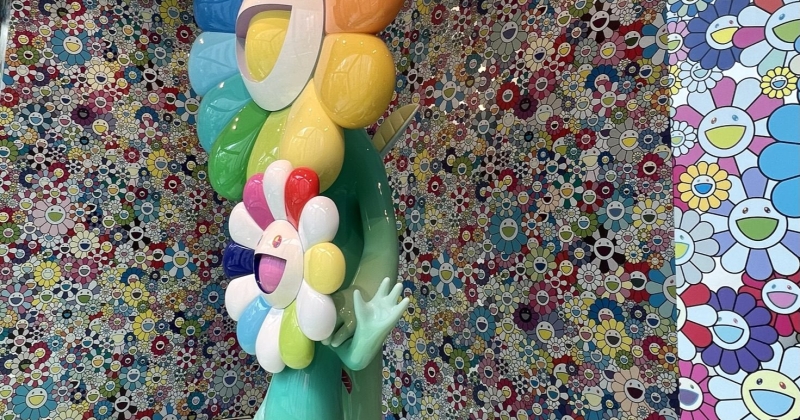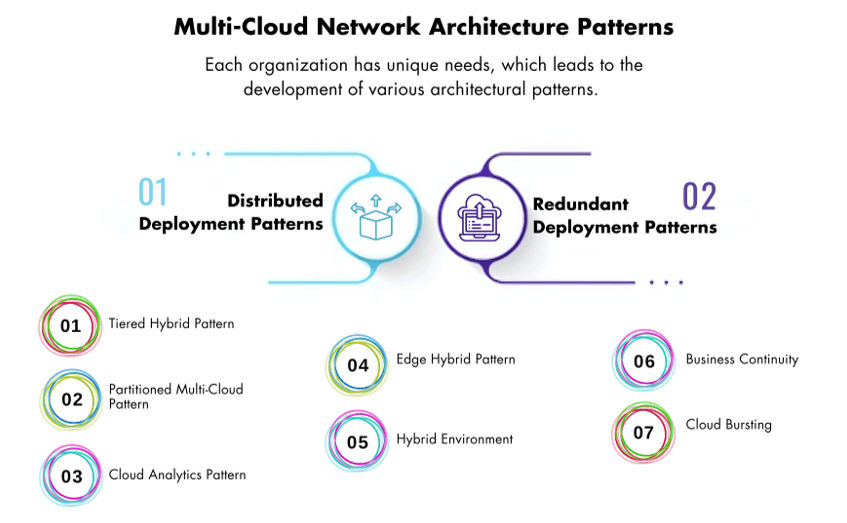The post Art and Architecture: Takashi Murakami appeared first on Stephen B. Chambers Architects, Inc..
For children of my generation, anime was an escape from Japan’s ‘loser complex’ following World War II. Anime wasn’t foreign. It was our own.
Takashi Murakami
Chambers Architects recently visited the Takashi Murakami (Japanese, b. 1962) first solo exhibition in San Francisco at the Asian Art Museum. The exhibition for this 61-yo artist was called Takashi Murakami: Unfamiliar People — Swelling of Monsterized Human Ego. Internationally recognized as a major global pop culture figure, his influence extends to fashion, consumer products, set design, and entertainment. His boldly colored style, both humorous and upbeat, draws inspiration from anime, manga (graphic novels), and the otaku lifestyle (a juvenile culture obsessed with toys, anime graphics, and video games). The fun creations are accessible to every age group and deliver more heft than initially meets the eye. Look beneath the surface to find his examination of human behavior, specifically the ego and the monsters it creates.
Uniquely Japanese
Murakami began searching for something that could be considered ‘uniquely Japanese.’ After concluding that elements of ‘high’ art were confounding at best, he began to focus on Japan’s ‘low’ culture: anime and manga, and the larger subculture of cuteness. His slightly disturbing characters are rendered in bright colors and high-gloss surfaces, life-size and smaller sculptures, and compositions he terms “superflat,” using one-point perspectives that compress art and consumerism. He derives images from otaku, anime, video, and manga cartoons.
Dealing with the Monsters Within
The larger-than-life paintings and sculptures in Monsterized use monsters as a central motif to address the complicated nature of the world around us. His recent works suggest that our rapid and increasingly digital landscape is populated by monsters, both harmful and helpful, created by humans who in many ways have become the monsters themselves. These monsters embody forces and behaviors that threaten and haunt us, while offering a diversion and escape from chaos at the same time. Several new works created for this exhibition show how Murakami responds to a social environment marked by a global pandemic and the world’s shift toward virtual interaction. Paintings of distorted figures reflect the swelling egos of individuals promoting themselves relentlessly on social media, while works recording the artist’s creation of non-fungible tokens, including avatars, look with optimism toward a digitally liberated future.
Supernatural Creatures of Japan
Senior Curator of Japanese Art Laura W. Allen “locates Murakami’s imagery in a lineage of Japanese supernatural creatures including the kaiju (giant monsters) of postwar manga, television, and film — such as Godzilla, who makes a memorable appearance in this exhibition — and extends back to the menacing and adorable y?kai (supernatural entities) of Edo-period scrolls. The visual DNA of Murakami’s characters has origins in centuries-old styles in Japanese art,” says Allen, “such as depicting Buddhist arhats and Daoist immortals as wizened beings with strange features, bulging eyes, and bared teeth.”
Artist’s Process and Evolution
Chambers Architects and early Murakami sculpture follow a similar design process. Steve begins with hand sketches and overlays of what the home will look like from the floor plan to the exterior elevation–inside-out. As the concept becomes more certain and fixed in its environment, the drawings are laid out on CAD for precise construction documents. Steve’s evolution in architecture style began to implement the forms and materials in Texas vernacular, whether the project is modern or traditional. “I feel like Texas and the Southwest is such an important influence of the style and culture of the region it should be reflected in our modern design today, in both new construction and restoration,” says Chambers. Murakami’s early process was similar, and he searched for something unique to Japanese culture, rather than relying on subject matter and styles of typical Classic Western Art.
Japan’s Warhol
Murakami’s influence on Japan rivals Andy Warhol’s in the United States. Murakami is known for disseminating and promoting pop art strategies in ways unforeseen by American critics and artists. Unifying many strands of culture that are frequently considered in opposition—traditional Japanese painting with Western influences, the realm of fine art with otaku lifestyle, anime, and video games, and commercial retail spaces with museums and other public venues— are visible in Murakami’s work and now recognized for their ambition, polish, and fine execution.




The post Art and Architecture: Takashi Murakami appeared first on Stephen B. Chambers Architects, Inc..





















